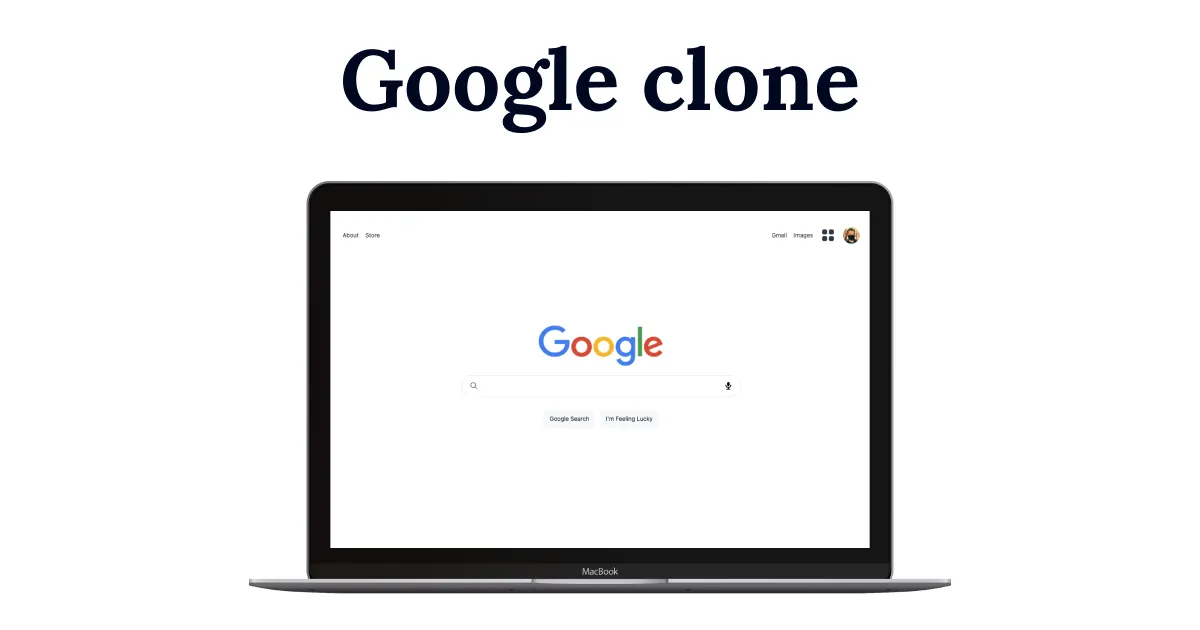
Google Clone Web App
A Google clone that I've built for learning purpose which replicates the homepage functionality and is built with Next.js, Tailwind, Google Search API
Table of Contents
Intro
This web app is a clone of Google search engine built with Next.js, TailwindCSS, Google Search API, Hero Icons and hosted on Vercel.
How I worked on this project
I created this project to expand on the data fetching skills and learn a bit more on possibilities of Next.js especially in combination with utility design framework Tailwind.
How to navigate this project
- search.js - using getServerProps to fetch the google API. There is a useDummyData switcher that takes Response.js in the main folder and populates the results with static data to avoid exhausting API limit if the value is
true. - Environmental variables - it was the first time I tried to implement
.envso that the API keys are not exposed publicly and used${import.meta.env.API_KEY}. - SearchResults.js - takes the results of the API response and renders them via
map()method as well as passes various props such as title, link and snippets of results with Tailwind styling. - Hero Icons library - is used to visualize various options in the HeaderOptions.js.
Why it is built this way
- State management is not used with this project as its a simple app mainly to test out API fetch, render and styling.
- Tailwind CSS is a great library for styling. The utility classes make it super easy to rapidly style any components and make the app look usable.
- Next.js and Vercel made it easy to generate and host this application but for the next project I will use more layers of complexity including databases.
What else would I do
- Finish video, image search sections so that the app is more robust.
- Add end-to-end tests with Cypress
- Setup CI/CD and ESLint on every pull request
Copy to
